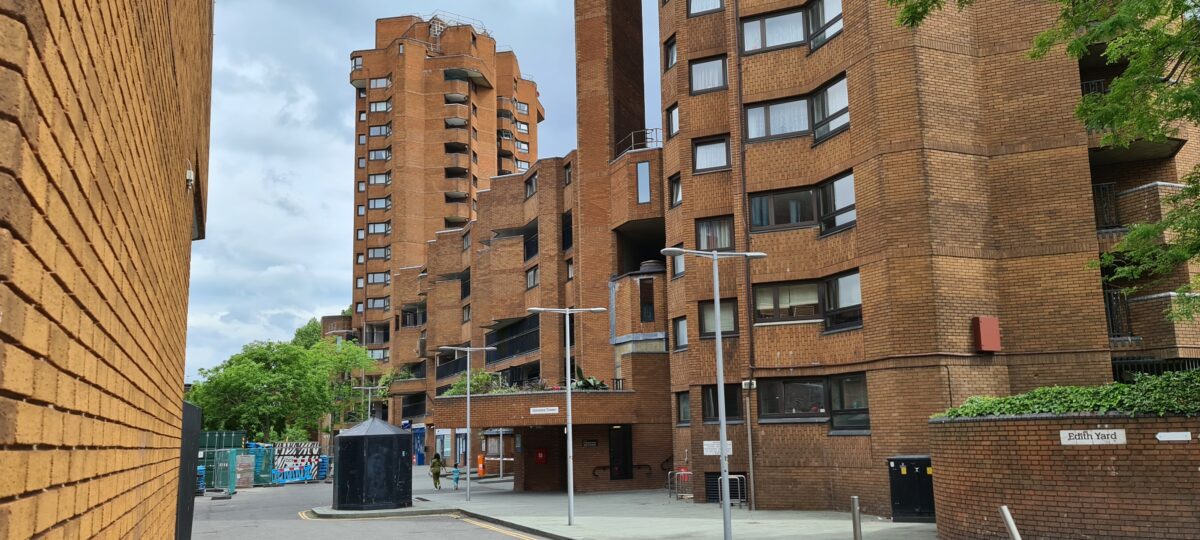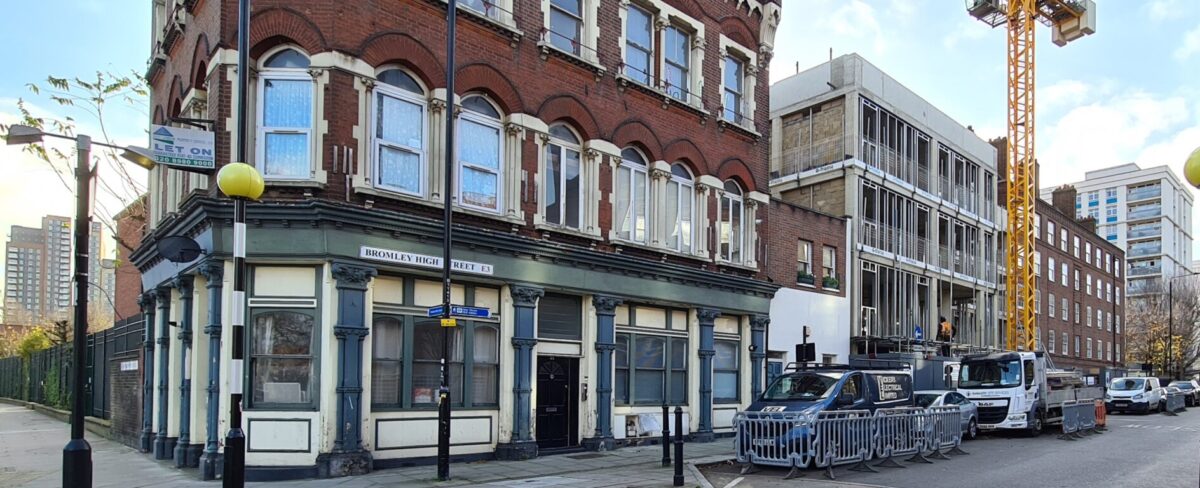LONDONERS ARE LANGUISHING IN TEMPORARY ACCOMMODATION HUNDREDS OF MILES AWAY – WE NEED A RETHINK.
Over the last several months London’s Labour Housing Group has been on a fact-finding mission to discover why out-of-area temporary accommodation is out of control. The findings of our latest research spells out the scale of the challenge we now face and you can read the write-ups from the Guardian or Inside Housing.
If there is one symptom of the housing crisis that brings to life its severity, it’s forcing the most vulnerable Londoners to live in homes as far as Manchester and Bradford. It’s a national scandal and only a matter of time before someone loses their life to what can only be described as social cleansing by stealth.
According to our analysis, 55,000 Londoners have been forced out of their local area because councils can no longer afford to rehouse them locally.
The number of people being rehoused outside of their local area is the highest since records began in 1998. Under Labour, one in ten people placed in temporary accommodation were placed out of their local area. Under the Conservatives that figure is closer to one in four.
Londoners in temporary accommodation are often the most marginalised. Parents with dependent children make up two-thirds of such households. A third are classified as vulnerable, with the vast majority with physical disabilities or mental ill health. The only solace we can take from the profile of families placed in temporary accommodation is that fewer victims of domestic violence, pensioners and pregnant women are placed outside their local area.
From a rudimentary mapping exercise of postcodes of two London authorities – Merton and Barking & Dagenham – it is clear that a ripple effect is taking place whereby wealthier boroughs, or where rents are higher, place their residents in neighbouring boroughs where rents are cheaper, which pushes homeless residents in those councils further out.
In what has traditionally been an issue for London and Londoners, out-of-area temporary accommodation is on track to become a nationwide problem: 92% of out-of-area placements were made by London authorities in 2015/16. That figure fell to 84% by 2020/21. If authorities outside of London continue to rehouse people outside of their local area at the same rate they are currently, within a decade they’ll be responsible for a third of all out-of-area placements.
What accounts for these developments?
Anecdotally, there is evidence that some London authorities aren’t doing enough. Councils have a statutory duty to place families as close to their local area as possible, but far too many are being sent hundreds of miles away.
Some councils have failed to forewarn the authorities that families are heading off to – making it difficult for them to access local services such as schools and doctors when they arrive. Last year Basildon Council reported that London authorities failed to forewarn the council of 58% of cases they received. The lack of communication about precisely how long an out-of-borough placements is – and it’s not uncommon for vulnerable families to be placed in temporary accommodation for over a decade – has seen young people remain in schools that they’re no longer able to travel to. One Londoner forced to live in Birmingham had to quit his job.
Other councils have been challenged in the courts – as the tragic story of Nzolameso vs Westminster City Council illustrates. Ms Nzolameso was in poor health. She had HIV, type II diabetes, depression and hypertension. She had five children between 8 and 14 years old, all of whom attended schools in Westminster. Her doctor was in Westminster and she also had a support network of friends locally who helped with her children.
When Westminster offered Ms Nzolameso accommodation over 50 miles away, she appealed. During the appeals process Westminster discharged its duty to house Ms Nzolameso and took her five children into care. The children were even separated between three different foster placements. It took a year and a verdict from the Supreme Court to change the outcome in what is clearly an extreme case but nonetheless illustrative of the human cost of the housing crisis. Too frequently it appears the wishes of tenants are not always given the consideration they deserve.
Yet the problem extends far deeper than individual authorities.
When he was Mayor of London, Boris Johnson criticised the approach taken by councils as “Kosovo-style social cleansing”. Well, the chickens have come home to roost.
The reasons are manifold but the biggest single reason why out-of-area temporary accommodation is on the rise is because Local Housing Allowance was cut by the Conservatives in 2011 – which means councils have had to place Londoners in cheaper accommodation and that usually requires going out-of-borough. At the end of 2010 there were 5,810 households placed outside of their local area. By 2020 that figure had increased five-fold to 26,200.
Council budgets have also been slashed and London gets a raw deal when it comes to funding for homelessness services because it cost London’s authorities double the amount to handle a homeless case than it does outside of London.
There’s lots to unpack here and London’s Labour Housing Group will be doing so on Monday 7th of June at 18.00. Siobhan McDonagh MP will join panellists Jane Williams, the Chief Executive of London-based homelessness charity Magpie, newly elected London Assembly Member Sem Moema and I to discuss why we are where we are and what can be done to tackle out-of-area temporary accommodation. Ross Garrod will be hosting and it’d be remiss of me not to mention that he and fellow London Labour Housing Group member Rachel Blake have done a lot of behind the scenes work to bring our research and event to fruition.
Sign up here – it’s free and open to anyone: https://www.eventbrite.co.uk/e/london-lhg-discussion-impact-of-out-of-borough-temporary-accommodation-tickets-154807709025




